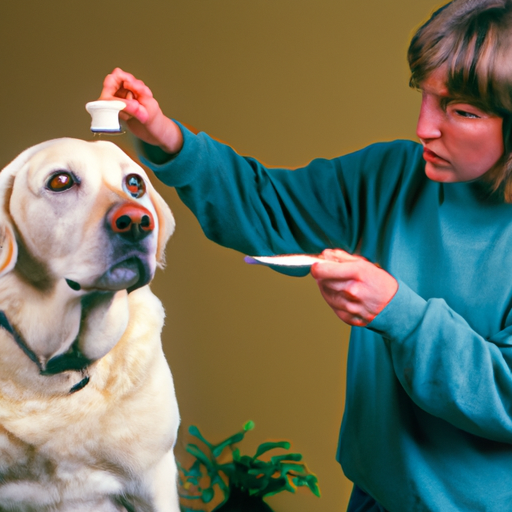Introduction
You take care of your dog like you would a child. They’re not just a pet; they’re a part of your family. So, when your dog isn’t feeling well, you’re likely to be as concerned as if it were your own child who was unwell. One of the basic things you can do to assess your dog’s health is to check their temperature. This guide will walk you through the steps you need to follow.
The Right Tools for the Job
Before you can take your dog’s temperature, you’ll need the right tools. Thankfully, the list isn’t too long:
- A digital thermometer: These are easy to read and quick to give results. Make sure to choose one designed for rectal use.
- Lubricant: This makes the process more comfortable for your canine friend.
- Treats: A good way to reward your dog after what could potentially be an uncomfortable experience.
The Process: Step-by-Step
It’s important to approach this task with calmness and care. Your dog will likely be a bit nervous, so your soothing presence can make a big difference.
- Prepare the Thermometer: Apply a small amount of lubricant to the end of the thermometer.
- Position Your Dog: This can be the trickiest part. If your dog is small, you might find it easiest to have them stand on a table. Larger dogs can stand or lie down on the floor. It can be helpful to have a second person to help hold your dog still.
- Insert the Thermometer: Lift your dog’s tail and gently insert the thermometer about one inch into their rectum. Hold it in place until it beeps.
- Read the Temperature: Normal temperature for a dog is between 99.5 and 102.5 degrees Fahrenheit.
Interpreting the Results
Your dog’s temperature can tell you a lot about their health. Here’s a quick guide to what different temperatures can mean:
| Temperature | Interpretation |
|---|---|
| Below 99°F | Your dog could be cold or in shock. |
| 99.5-102.5°F | This is a normal range for dogs. |
| Above 102.5°F | Your dog might have a fever or be overheated. |
When to See a Vet
If your dog’s temperature is outside the normal range, it’s time to call your vet. Other signs that you should seek medical attention include:
- Loss of appetite
- Lethargy
- Vomiting or diarrhea
- Unusual behavior
Frequently Asked Questions (FAQs)
Q: Can I use a human thermometer to check my dog’s temperature?
A: It’s best to use a thermometer specifically designed for rectal use on dogs. Human thermometers might not give accurate readings.
Q: How often should I check my dog’s temperature?
A: Unless your dog is showing signs of illness, there’s no need to regularly check their temperature.
Q: My dog’s temperature is normal, but they’re acting sick. What should I do?
A: Trust your instincts. If your dog isn’t behaving normally, it’s always a good idea to consult with your vet.
Remember, you are your dog’s best advocate in terms of health and well-being. Regular check-ups, a balanced diet, plenty of exercise, and lots of love are key to a long, healthy life for your furry friend.



